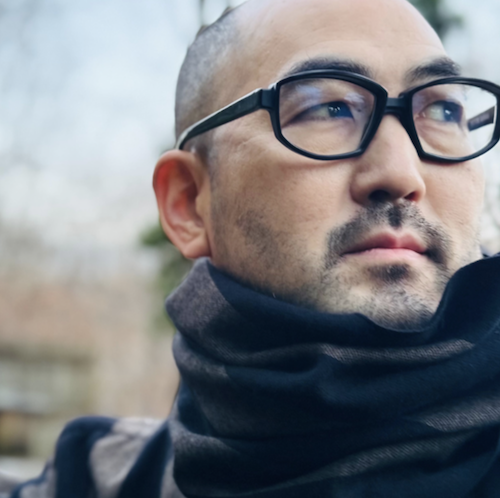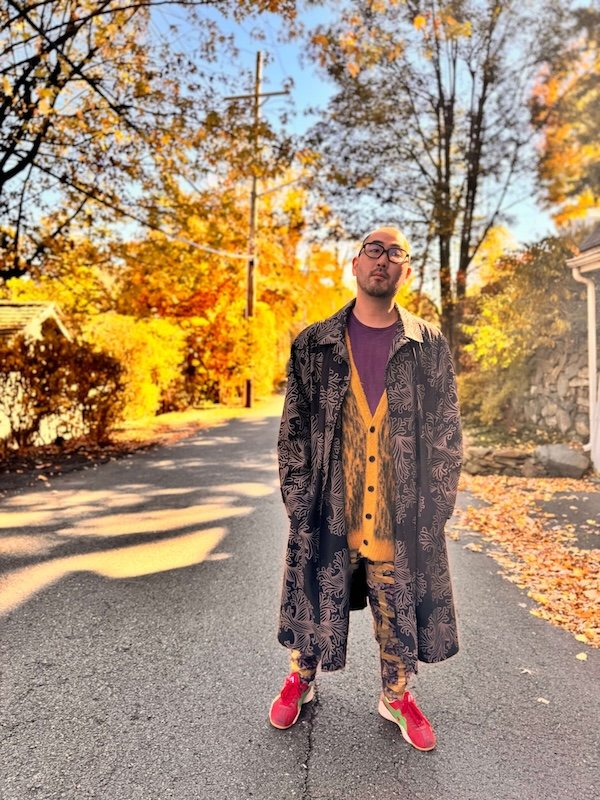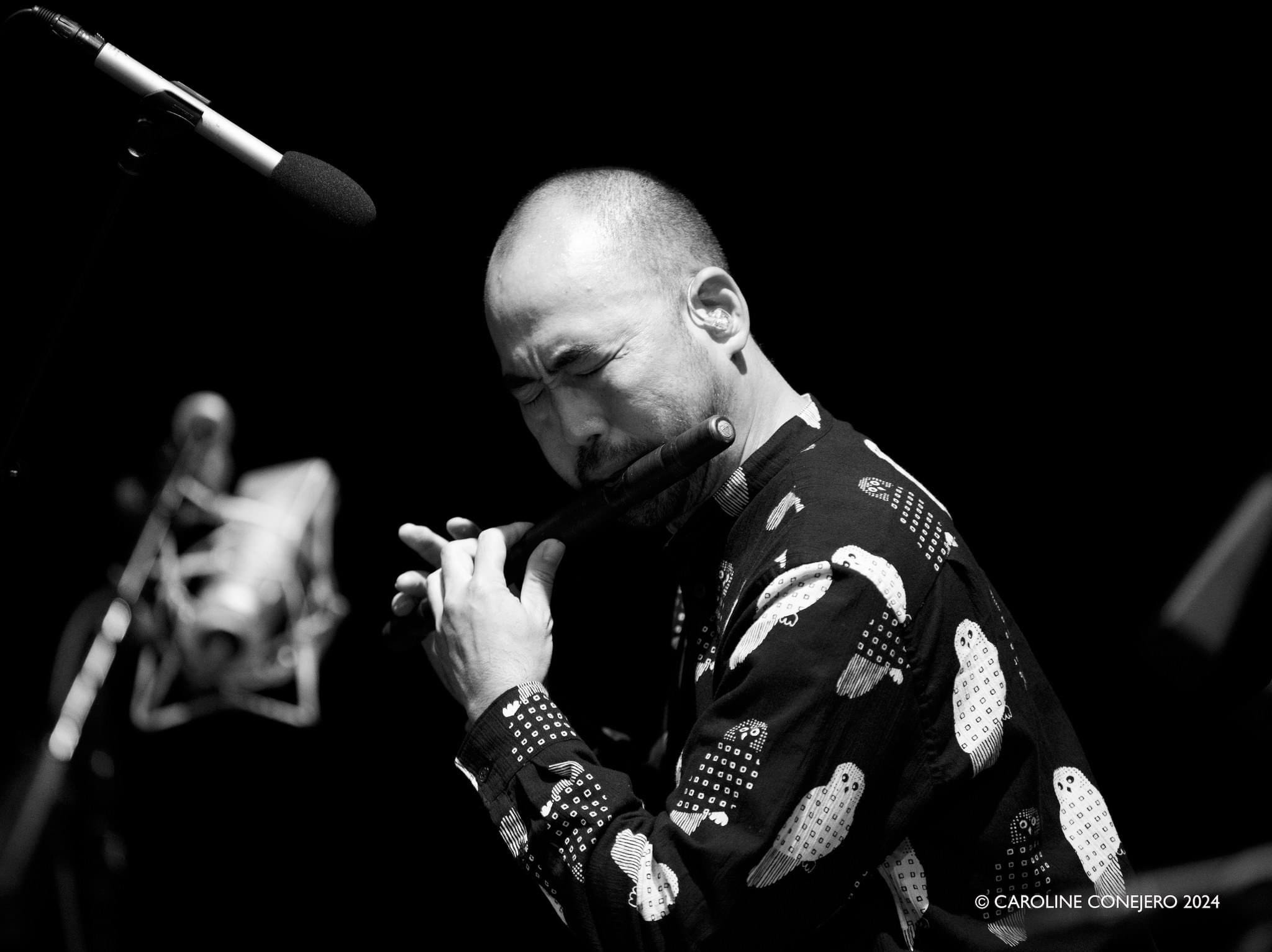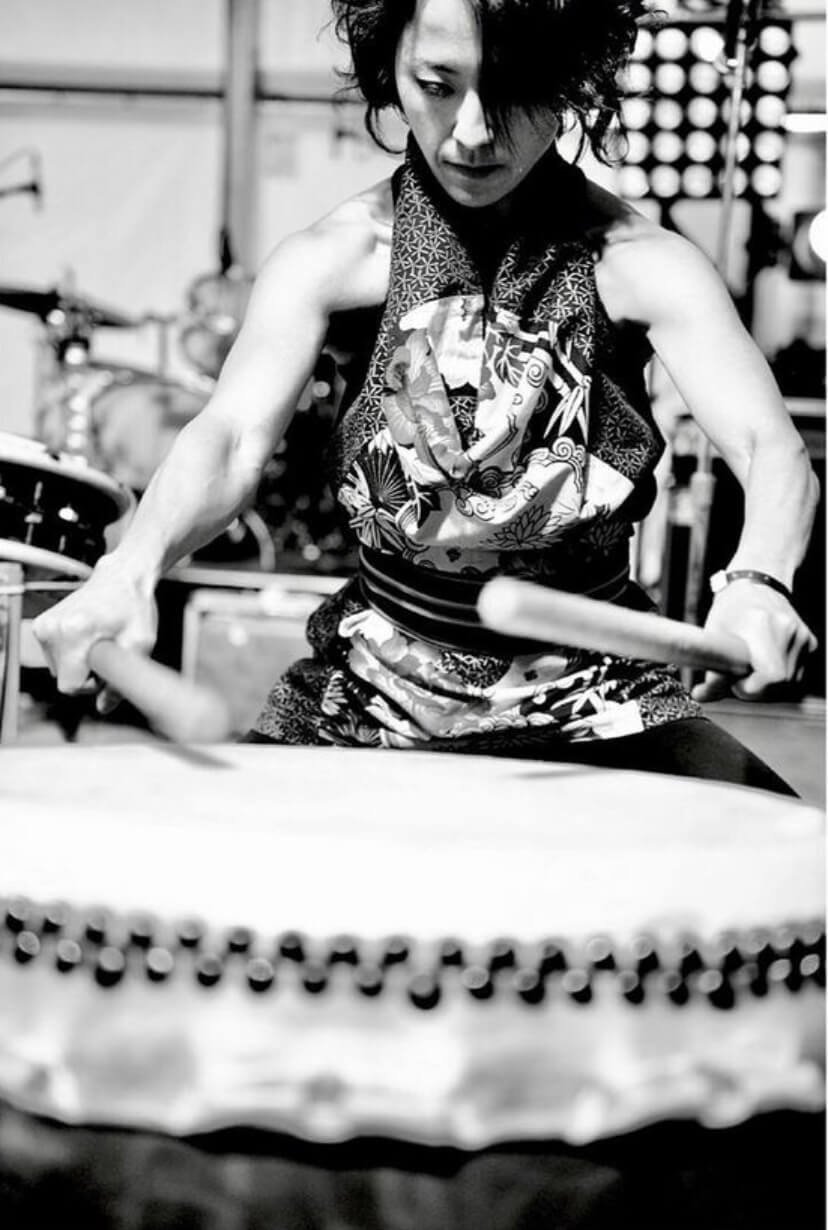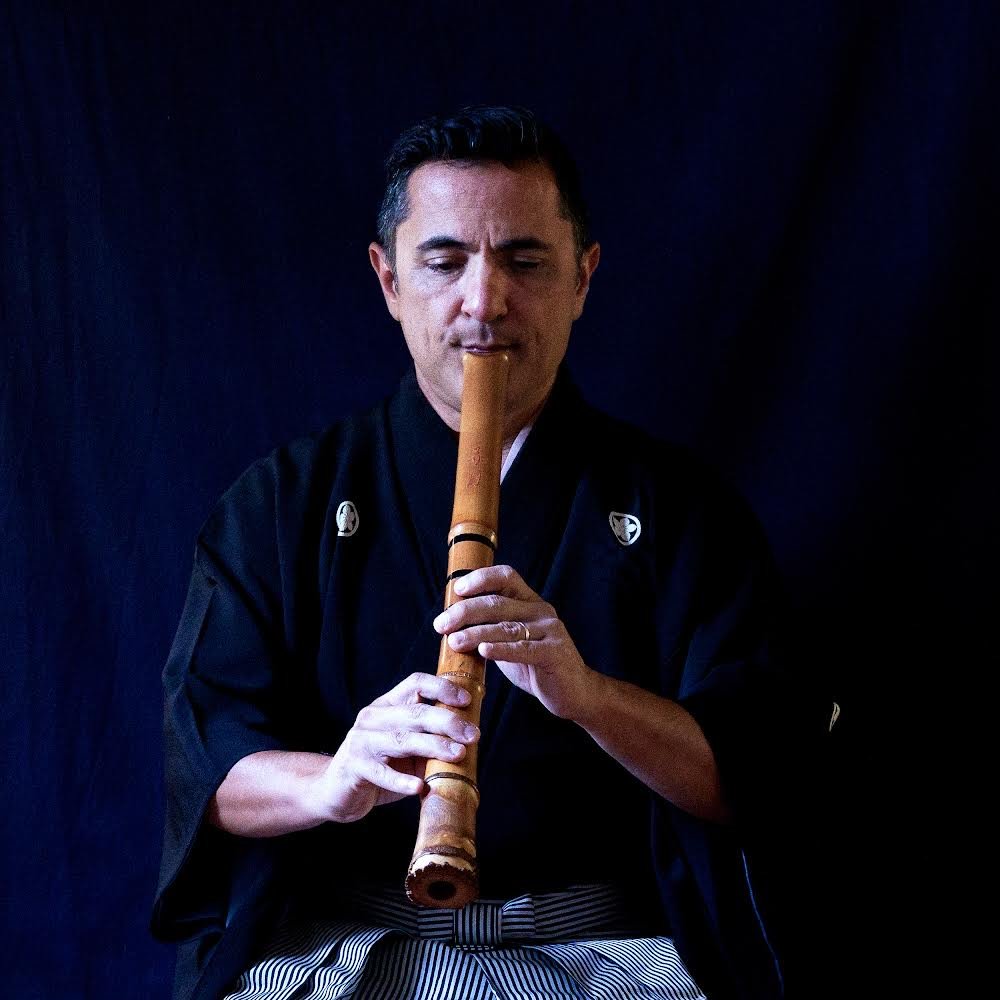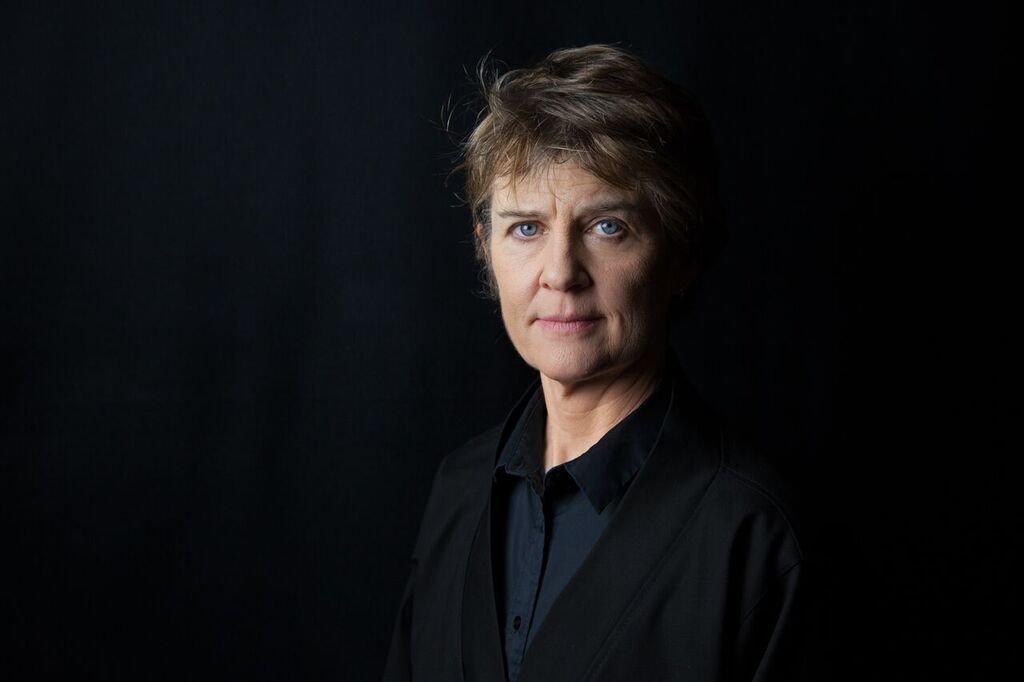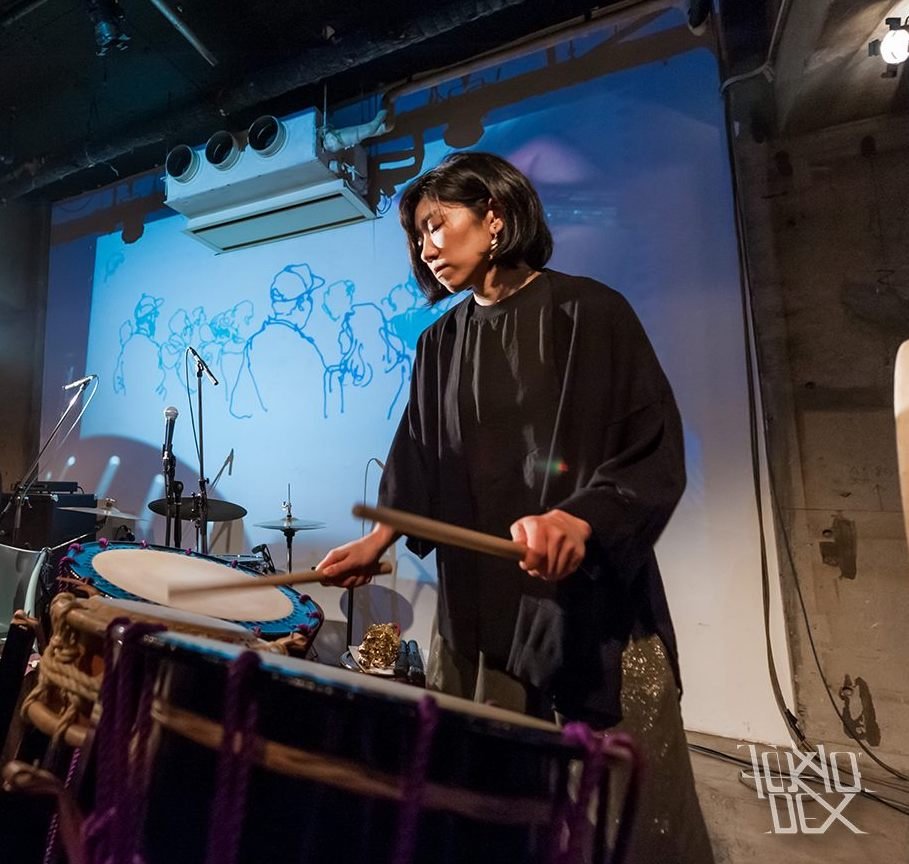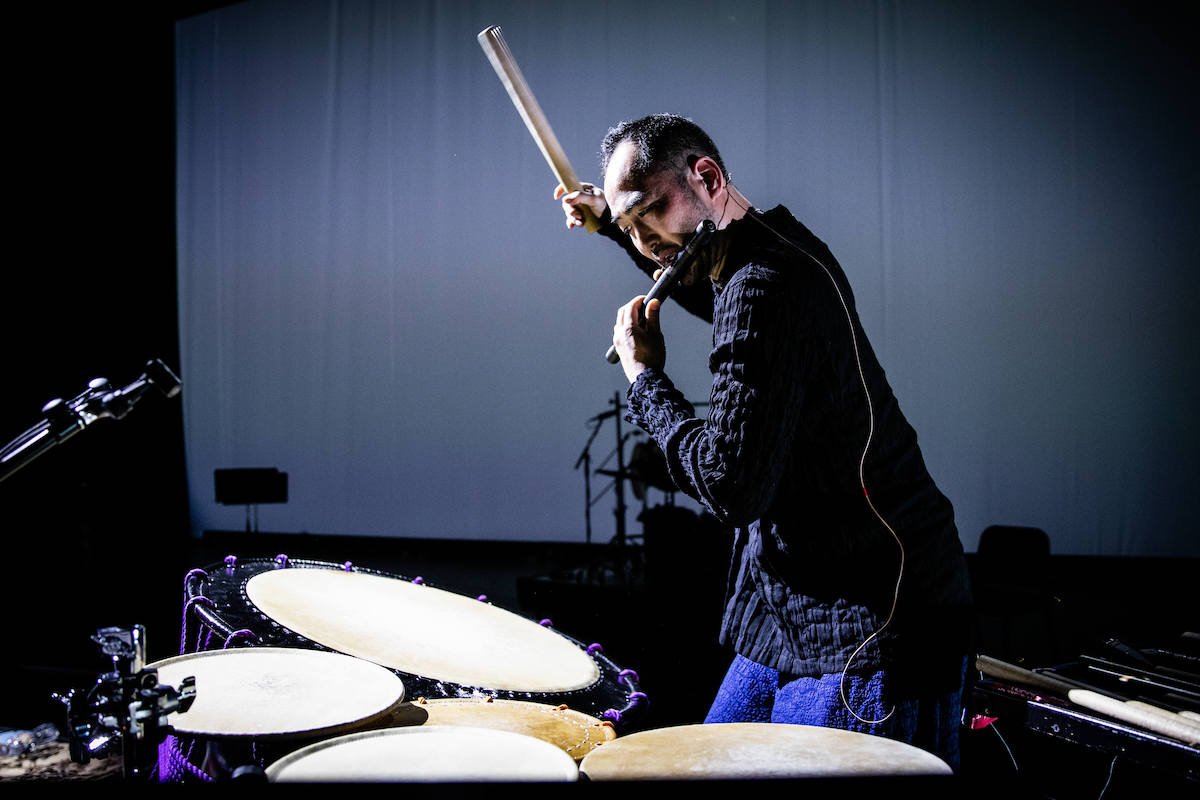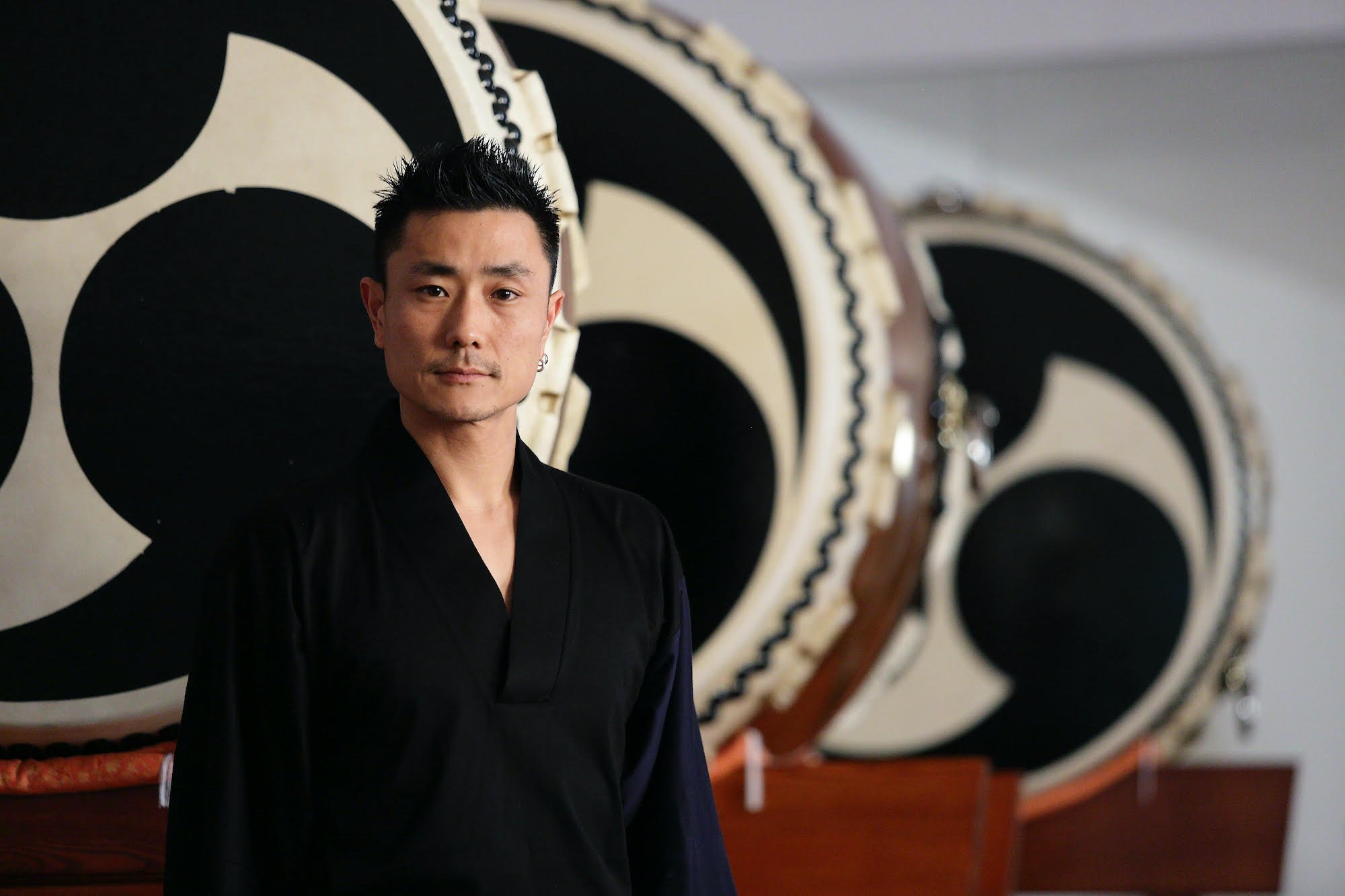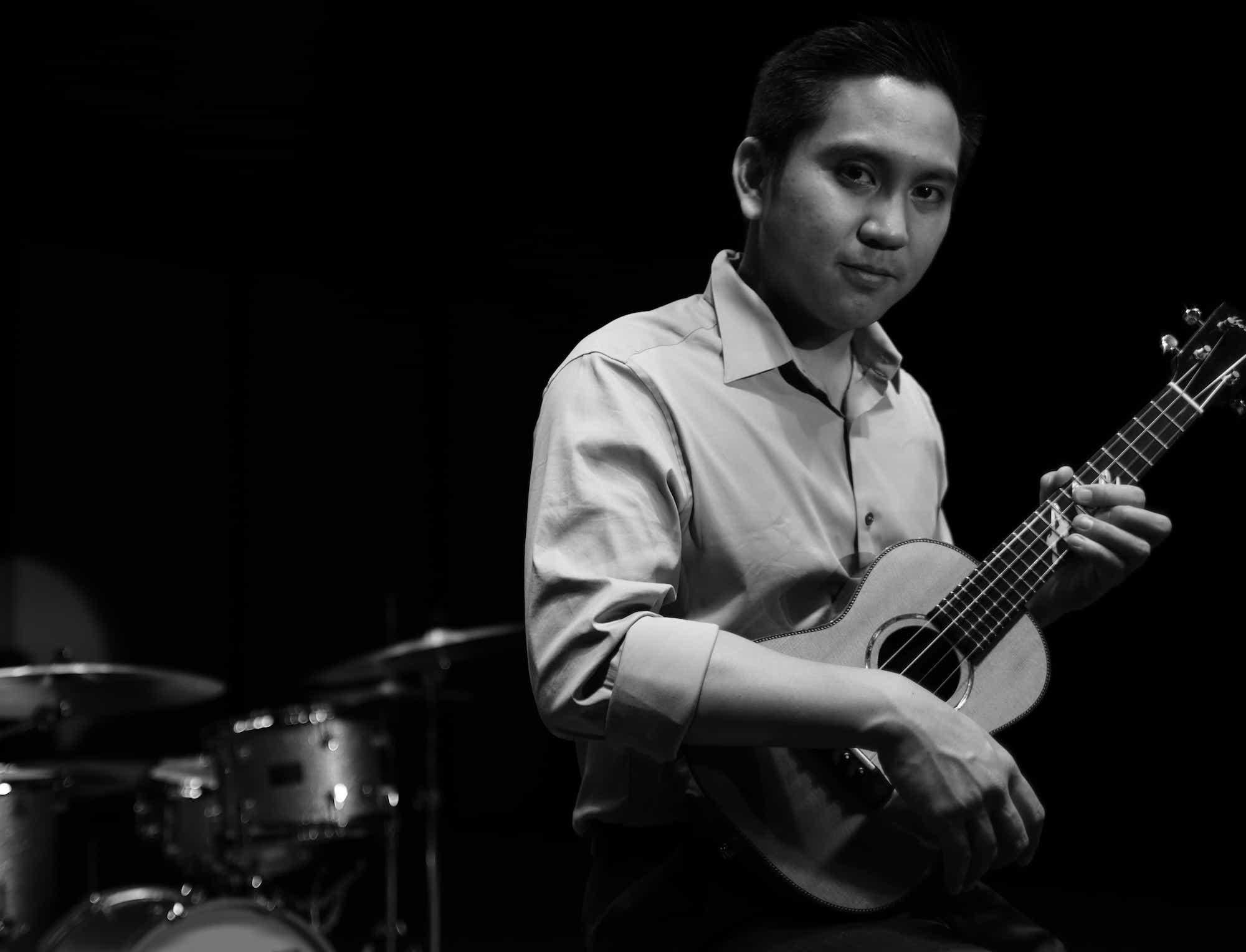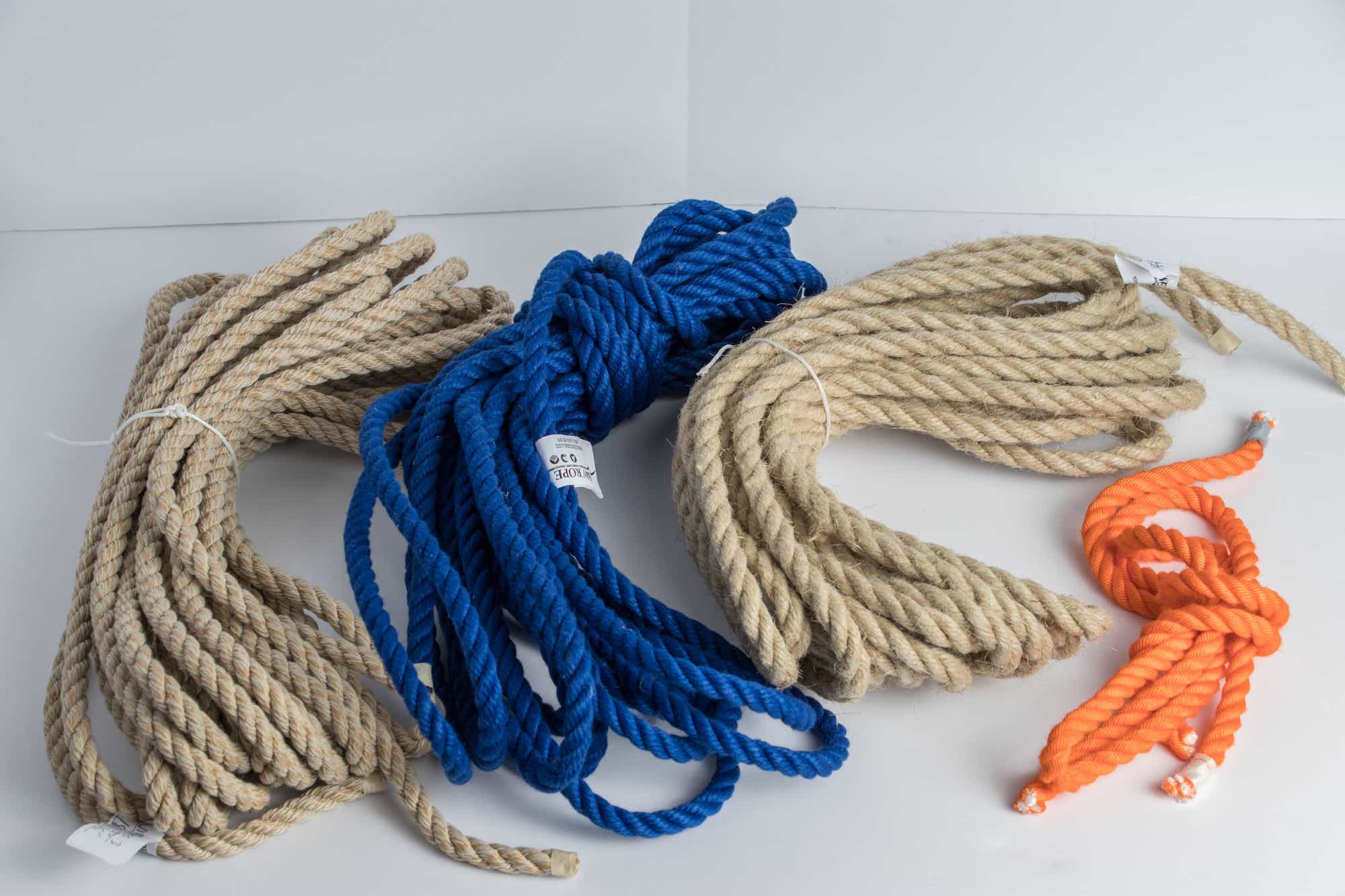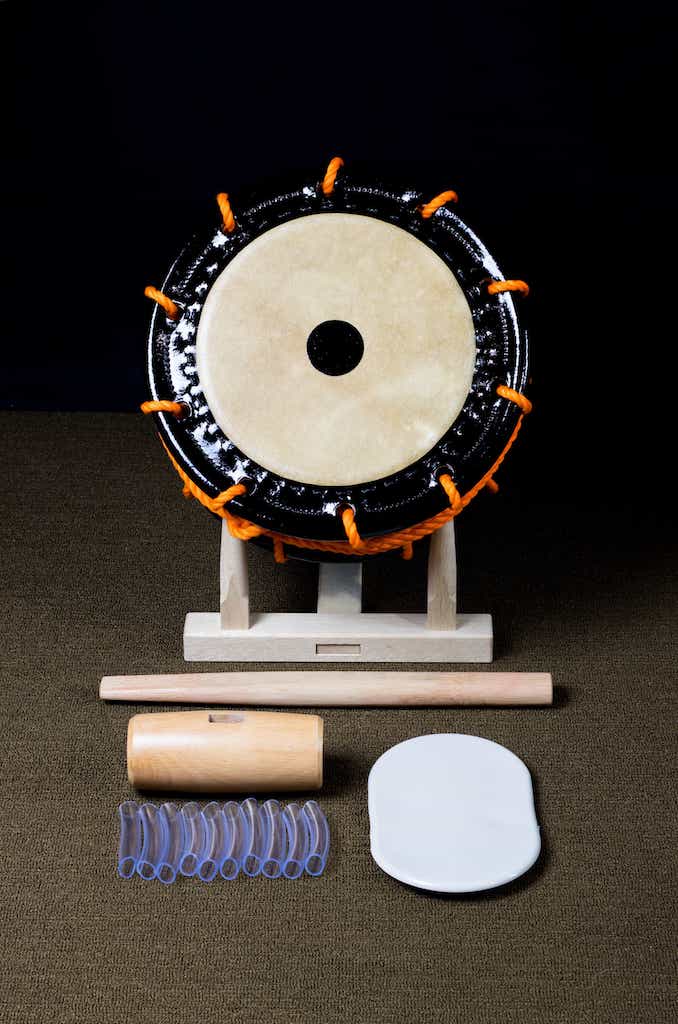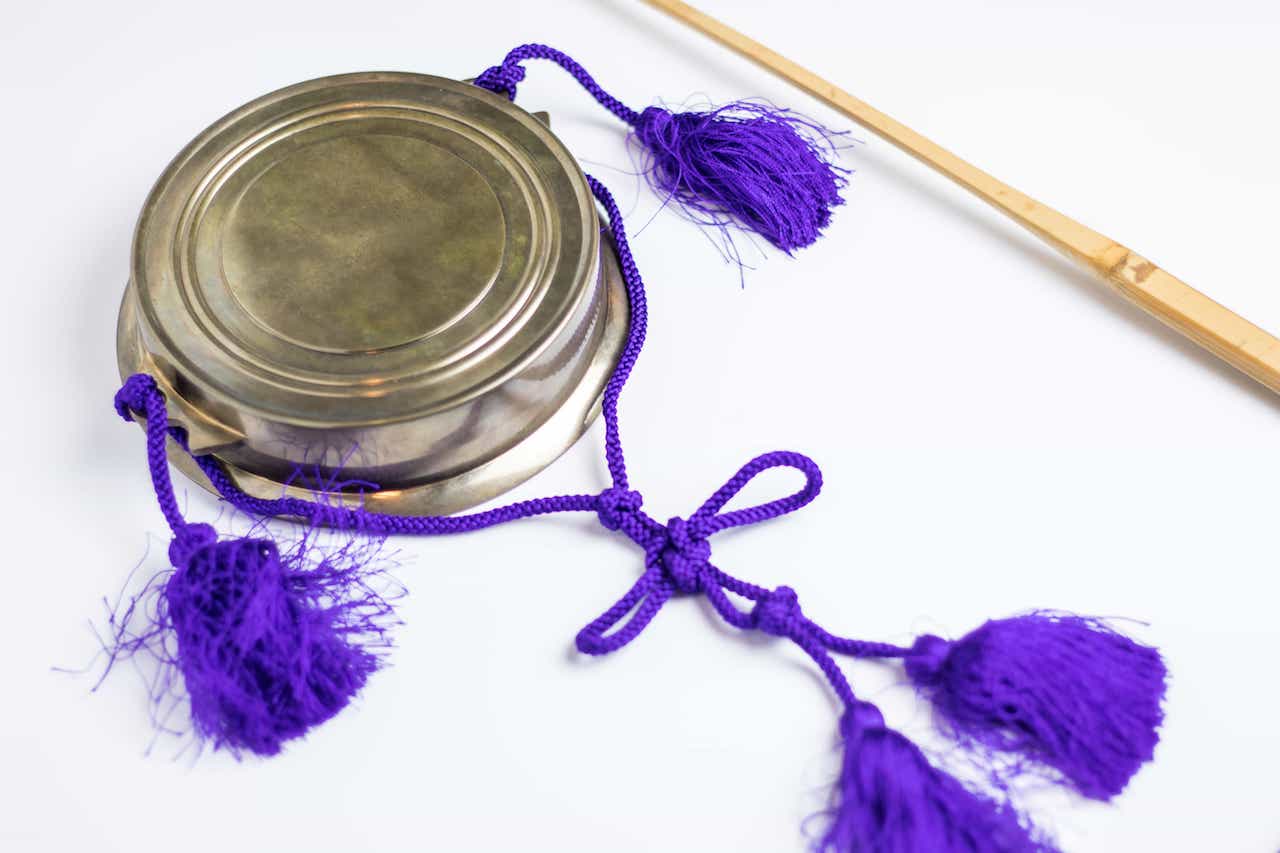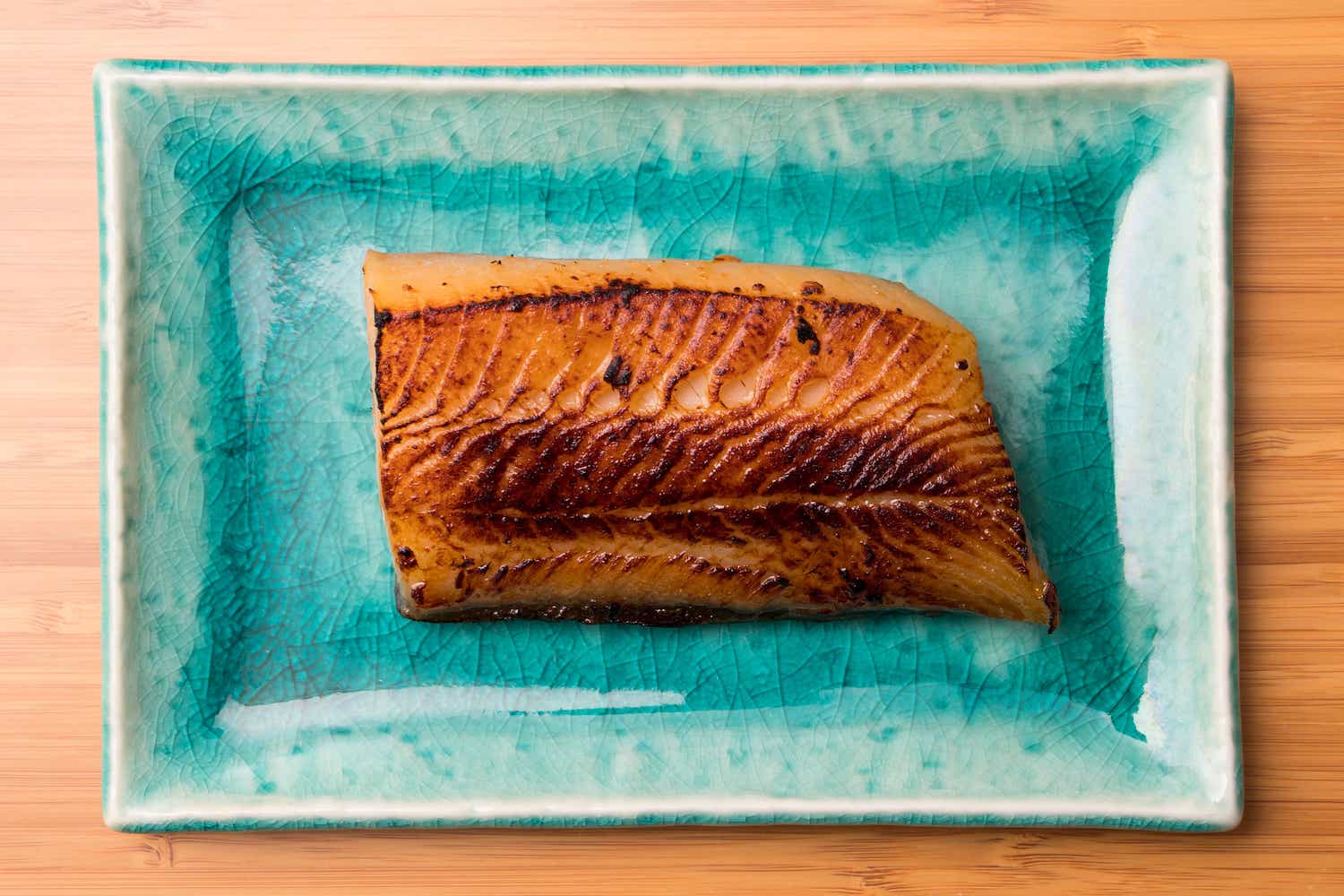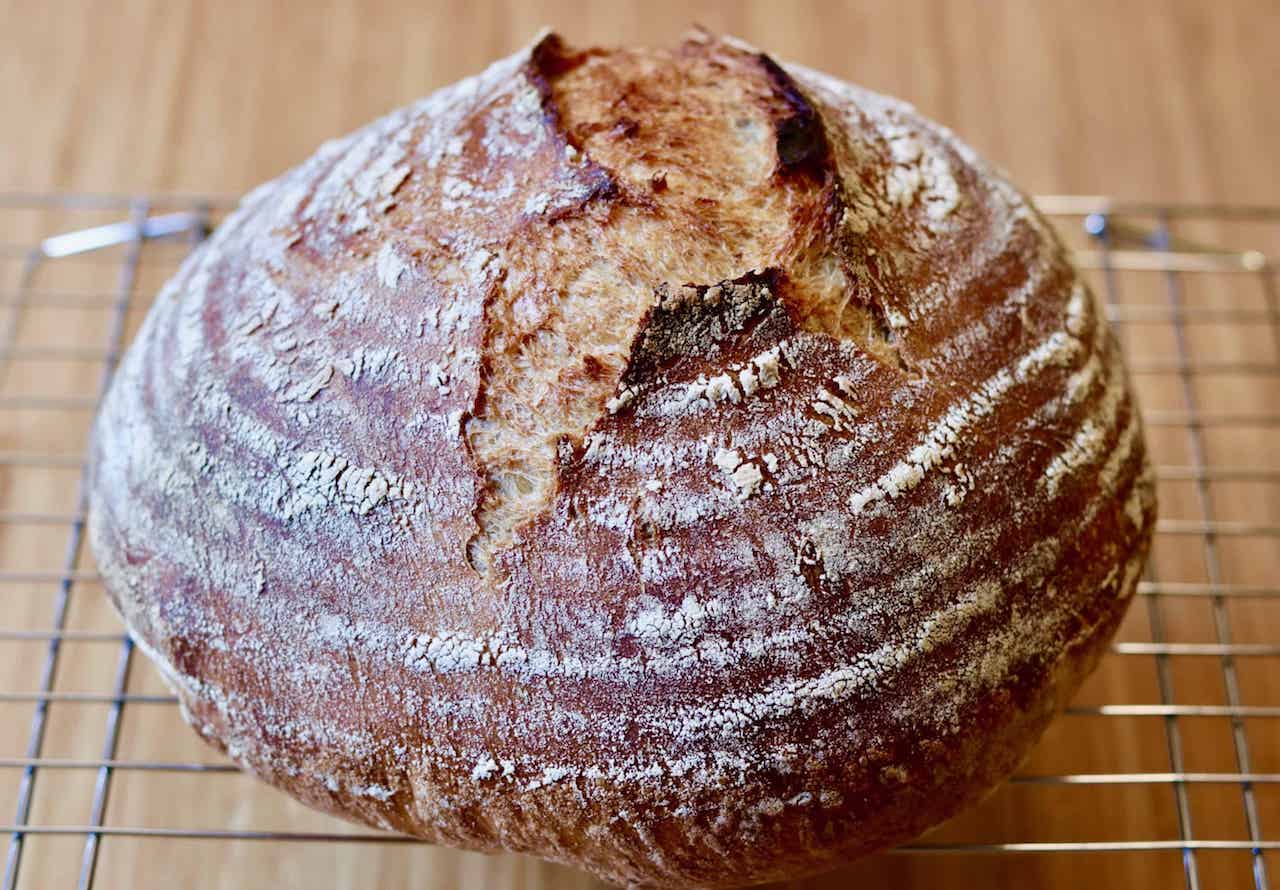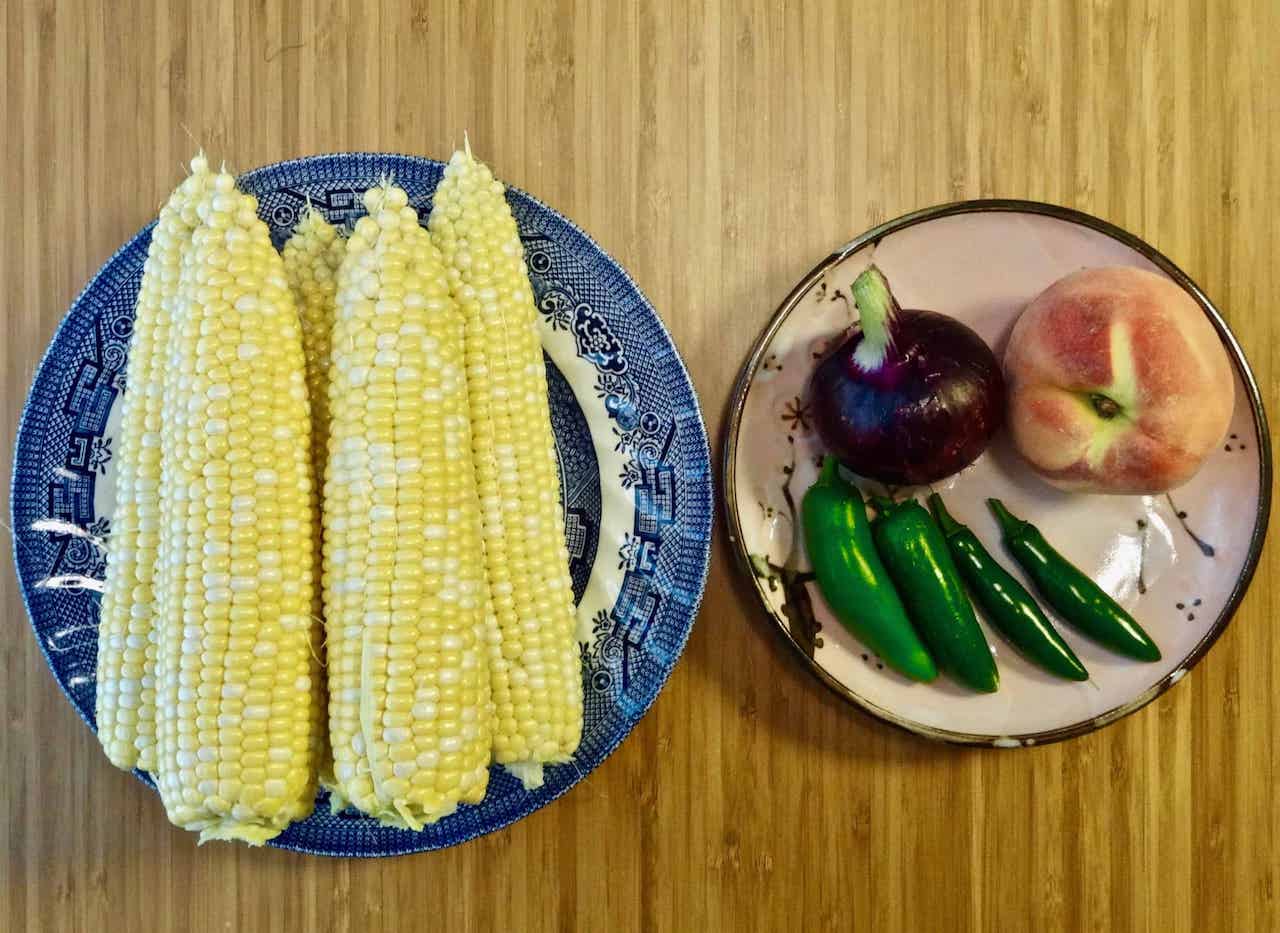Interview: Bruce Huebner talks shakuhachi, Japanese music, and the multicultural life
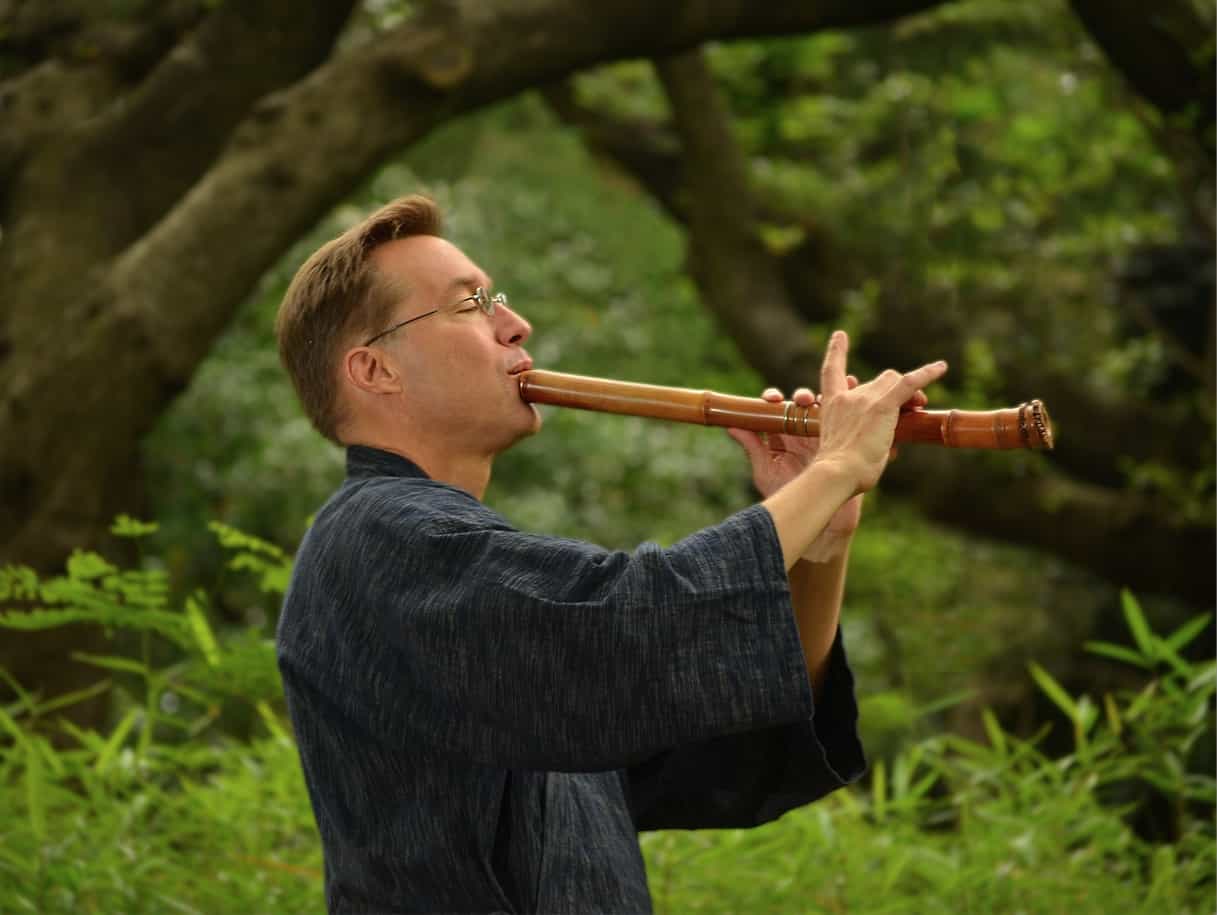
Bruce Huebner on shakuhachi
Since the very beginning of my blog's interview series, Bruce Huebner was high on my list of people I wanted to feature. I'm happy that we finally coordinated our busy schedules and time difference to record this conversation. Bruce and I first met in Vancouver, BC in 2014 to work on a project with the Vancouver Intercultural Orchestra, and I felt an immediate musical connection and an ease of communication as if we had known each other for years. I think this comes through clearly in our conversation.
Shortly after, we played a duo concert on Christmas day at a Tokyo live house called Tsukiji Mugenryu. It was a full program of originals, jazz and rock covers, Japanese folk melodies, and a few winter holiday tunes mixed in - all arranged for shakuhachi and vibraphone. We had a fun gig and received an enthusiastic audience response, and we decided to bring our music to the US. In 2015, we put together a concert tour of Oregon and California, playing in a wide range of venues and culminating in two appearances at the San Francisco World Percussion Arts Festival.
In the interview, we discuss Bruce's musical background, his first experiences with the shakuhachi, attending GeiDai (Tokyo Geijutsu Daigaku, or University of the Arts), making the transition from flute and saxophone to shakuhachi, creating music with influences from around the world, and much more. The music tracks included are:
Kiss Me Now (Bruce Huebner, Tomoya Hara, Mark Tourian, Sendo Saori)
Falling Leaves (Bruce Huebner, Gunnar Linder)
Fond Memories (Bruce Huebner, Curtis Patterson)
Spanish Wind (Bruce Huebner, Koufuu Suwa)
Kashmir (Bruce & Eien)

Bruce Huebner on shakuhachi
Yokohama-based Californian Bruce Huebner received his MA in traditional Kinko style shakuhachi from Tokyo University of Fine Arts in 1993 where he studied under Yamaguchi Goro (National Treasure) as a Monbusho Scholar. After a seminal six-year professorship in Fukushima Prefecture, he returned to Tokyo in 2000 and founded the jazz-world group Candela with pianist/composer Jonathan Katz. The critically acclaimed group featured the shakuhachi in Japan, American and European tours and on numerous recordings. In 2007 he began the popular "Cherry Blossom Tours" with koto player Curtis Patterson. In 2011 his "Zabu Tone Music" label released their eighth CD, "ZUI" produced with jazz guitarist Tomoya Hara. He is a also a musical spokesman who has appeared on NHK BS TV, Tedx, Nihon TV, and he has conducted numerous lecture concerts in schools, community centres, clubs, temples, and colleges, including Rome University, Kent State, St Lawrence University, New York, and the University of British Columbia. He has performed over 80 concerts in Tohoku since 3/11.
Website
http://shakuhachibruce.net
Bruce & Eien project
https://www.eienhunterishikawa.com/bruce-eien/
